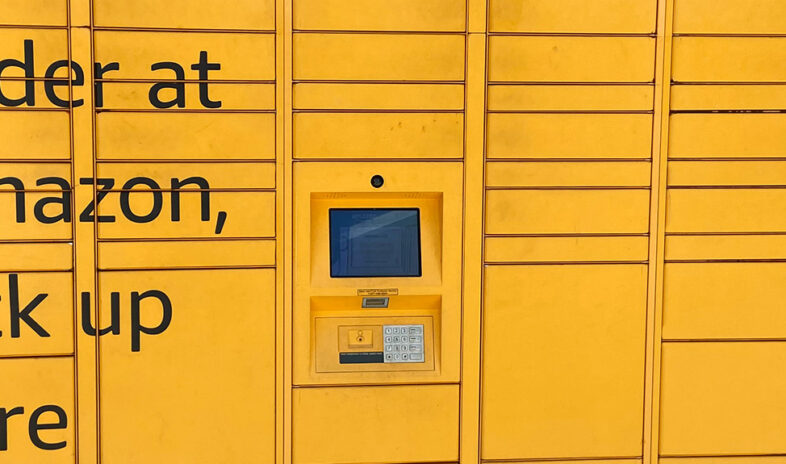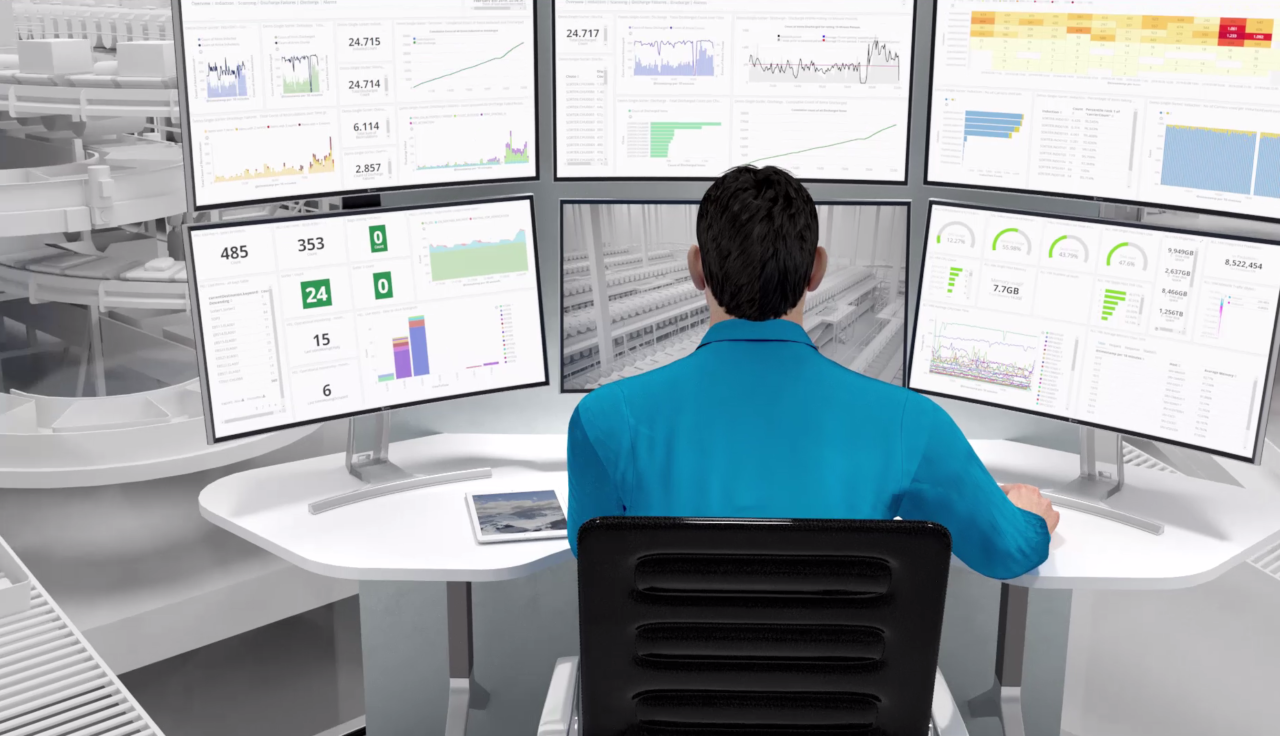By BEUMER Group
Retailers are under pressure to meet customers’ demands for greater transparency, faster delivery times and even same-day shipping.
In light of these demands and a growing labour shortage, it’s becoming increasingly important for fulfilment centres to embrace digitalisation.
According to Gartner, the next three to five years will see an increase in the adoption of digital supply chain technology, and companies who adopt digital processes have a better chance of not only succeeding, but thriving.
For example, when faced with a sudden increase in orders, digital tools allow you to assess your ability to handle the demand.
Additionally, you are able to accurately predict when orders will reach their final destination, which is a critical advantage for both e-commerce and brick-and-mortar retailers.
Using digitalisation to addressing supply chain challenges
The increasing complexity of the supply chain only emphasises the need for digitalisation.
Supply chain modernisation has simply become a necessity, and smart centres offer numerous benefits. The most significant are the opportunities to boost revenue and reduce costs through enhanced efficiency, accuracy, scalability and predictability.
And as the technology advances, distribution and fulfilment centres will reach the stage where the accumulated experience and data can be combined to reach a predictive level and can uncover patterns that might otherwise go undetected.
By adopting digital tools and processes, supply chains can be better managed and optimised, resulting in enhanced overall performance and increased customer satisfaction.
Optimising the Flow of Goods with a Warehouse Management System
A Warehouse Management System (WMS) is the heart of any digital transformation. It streamlines the flow of goods and the use of resources and serves as the hub for integrating other technologies like:
- Autonomous Mobile Robots (AMRs) that improve picking accuracy and streamline goods-to-person delivery. AMRs improve efficiency, growth, scalability and speed, helping your warehouse meet customer needs.
- Voice and vision-based work solutions that free workers’ hands and eyes to boost productivity, speed, accuracy, and safety. These auto-ID technologies replace manual systems and make warehouse workers more flexible and productive.
- Artificial Intelligence (AI) Machine Learning (ML) and advanced analytics to optimise warehouse operations and enable proactive decision-making.
- IoT sensors in the warehouse track assets, detect low stock, and find lost items.
- Automation and Material Handling Equipment (MHE) use tools like layer pickers, stacker cranes, and conveyors to reduce the amount of manual and repetitive work that needs to be done by humans.
A contemporary WMS can be integrated with these and other systems.





